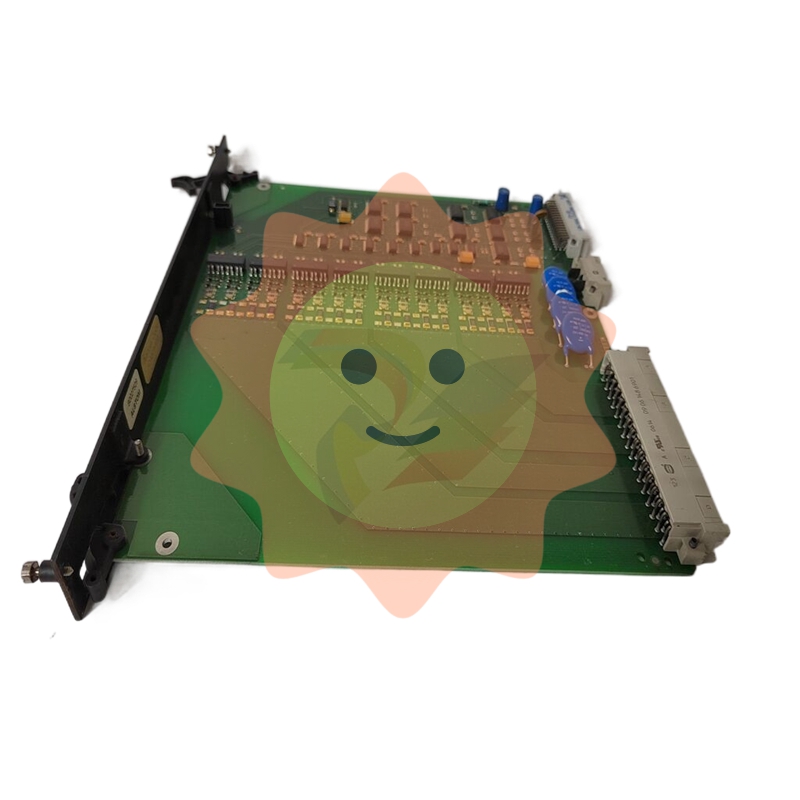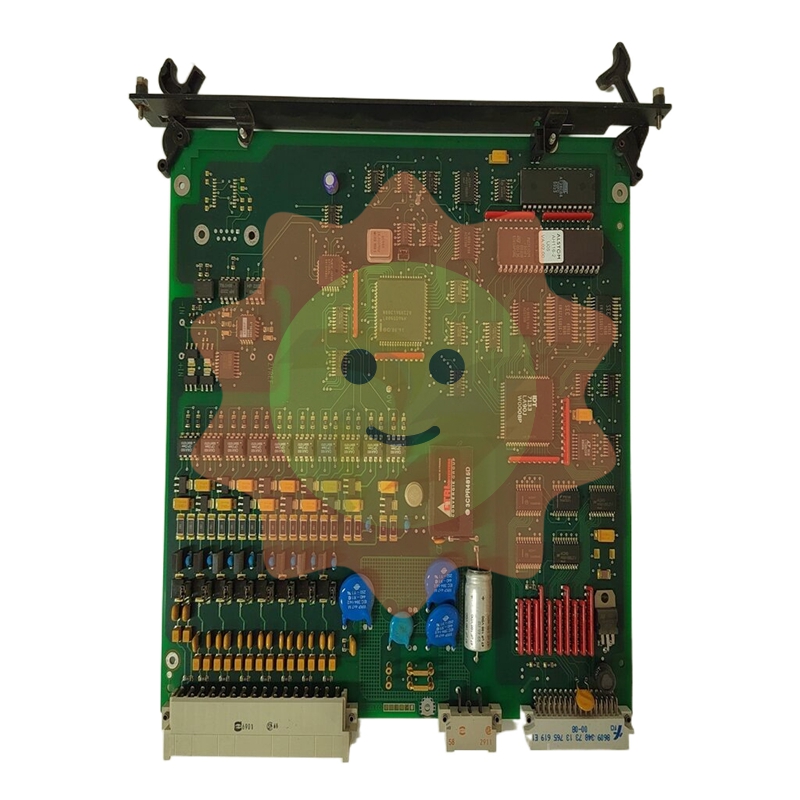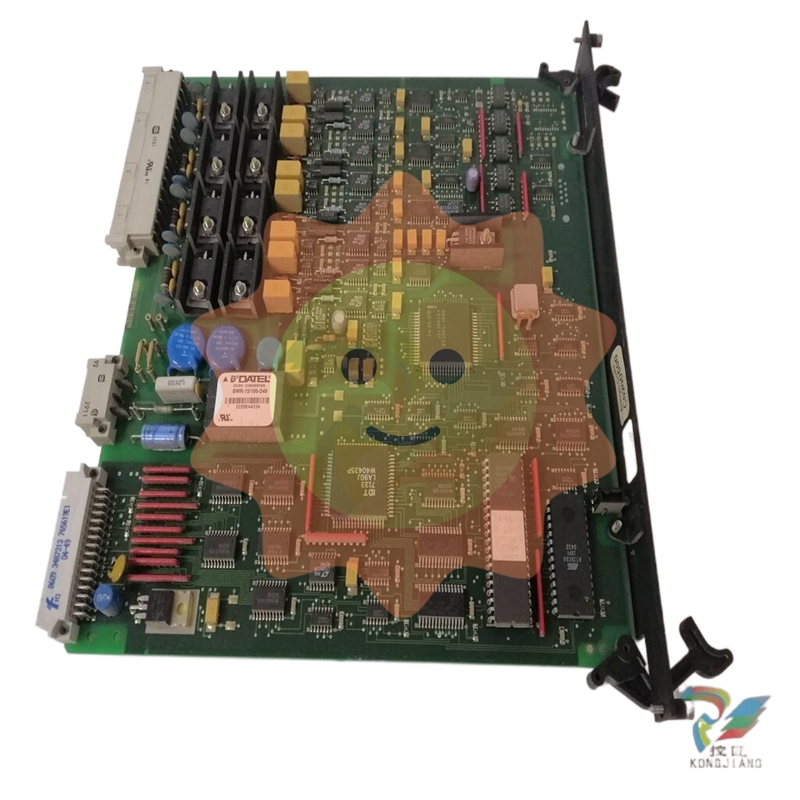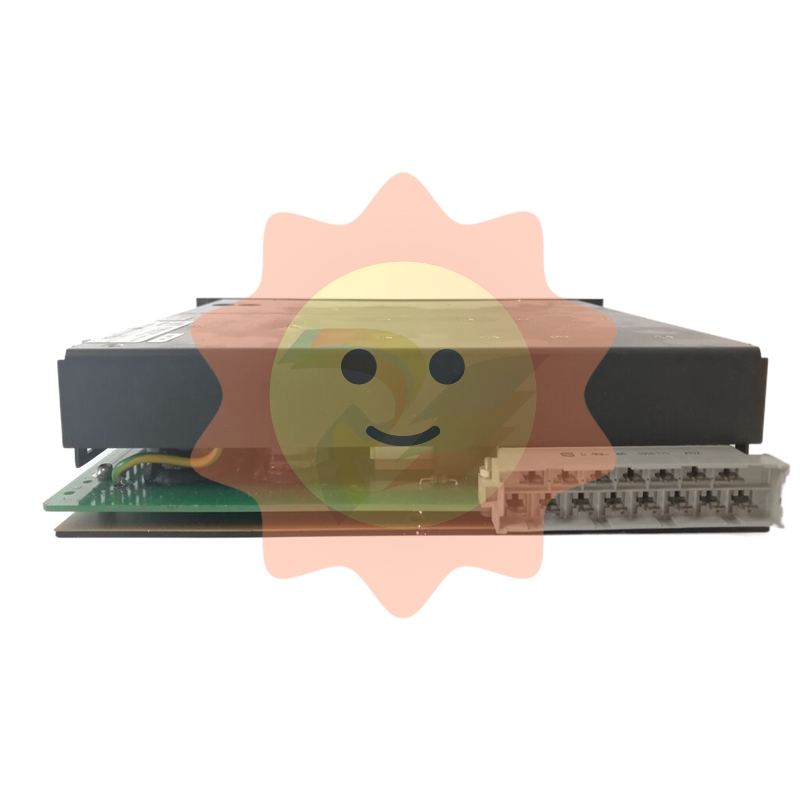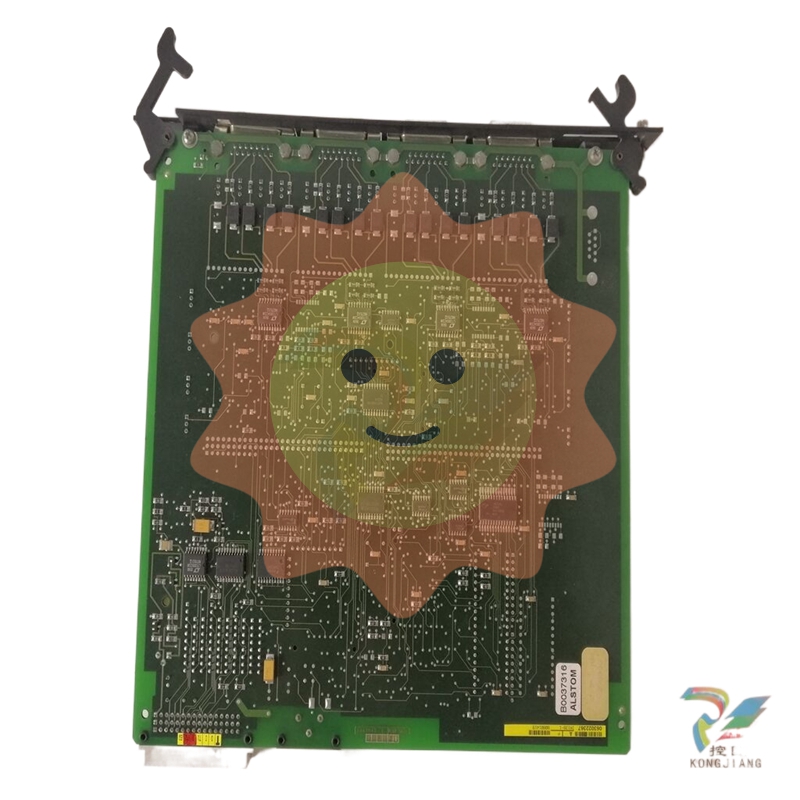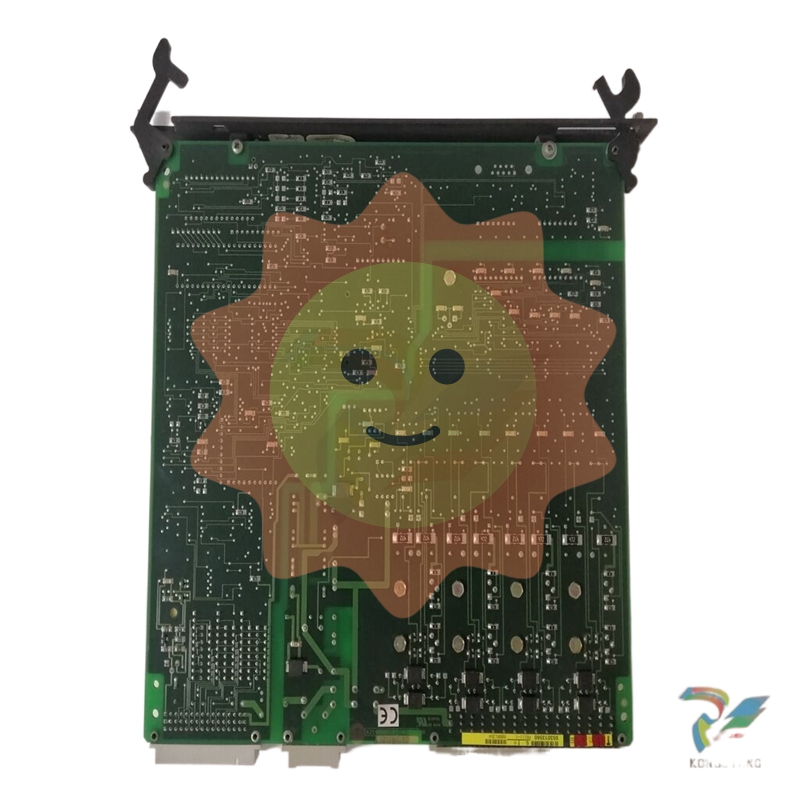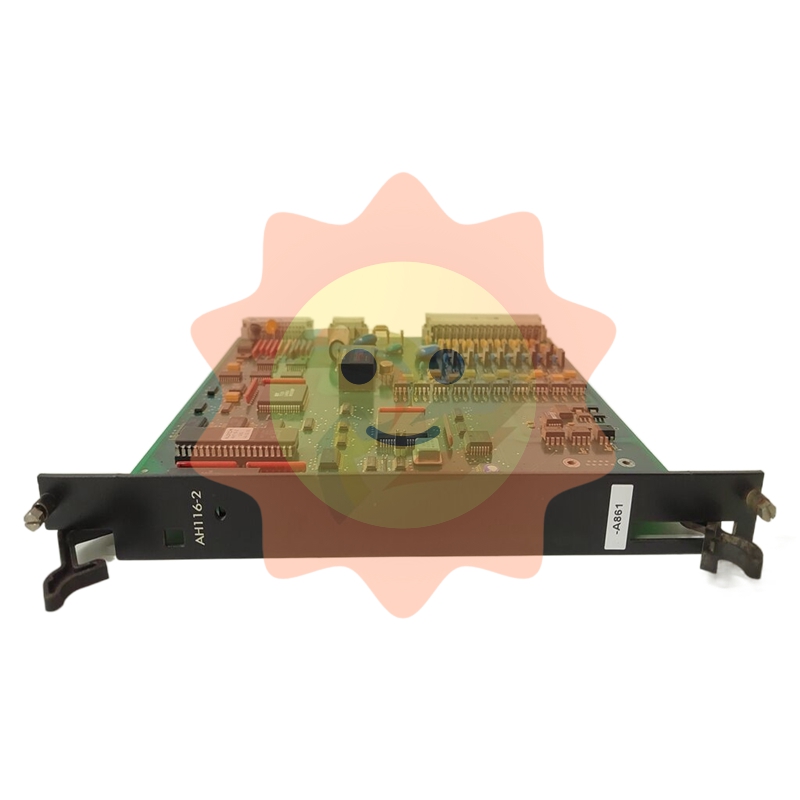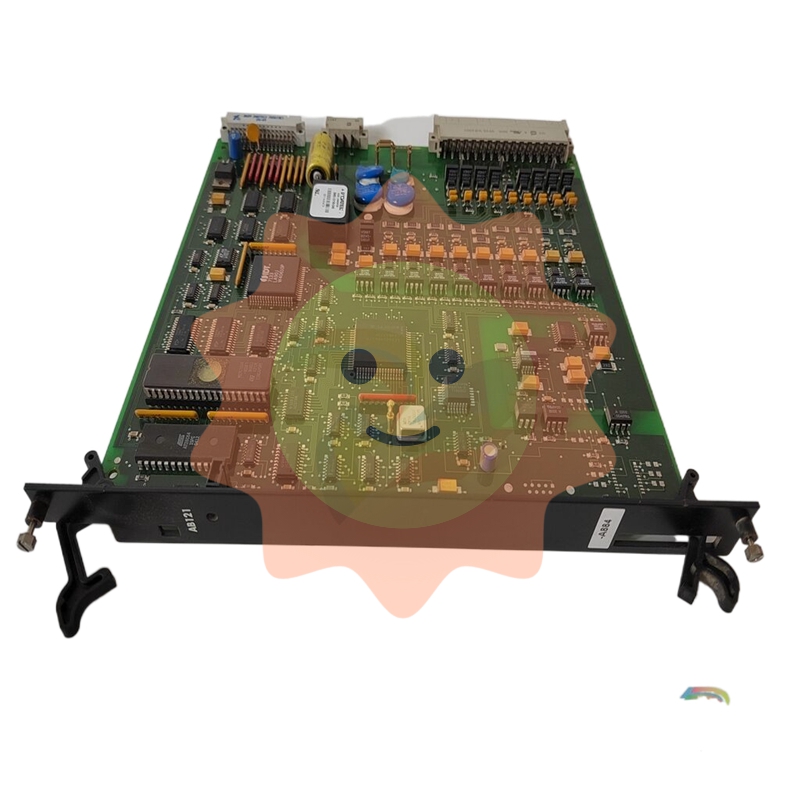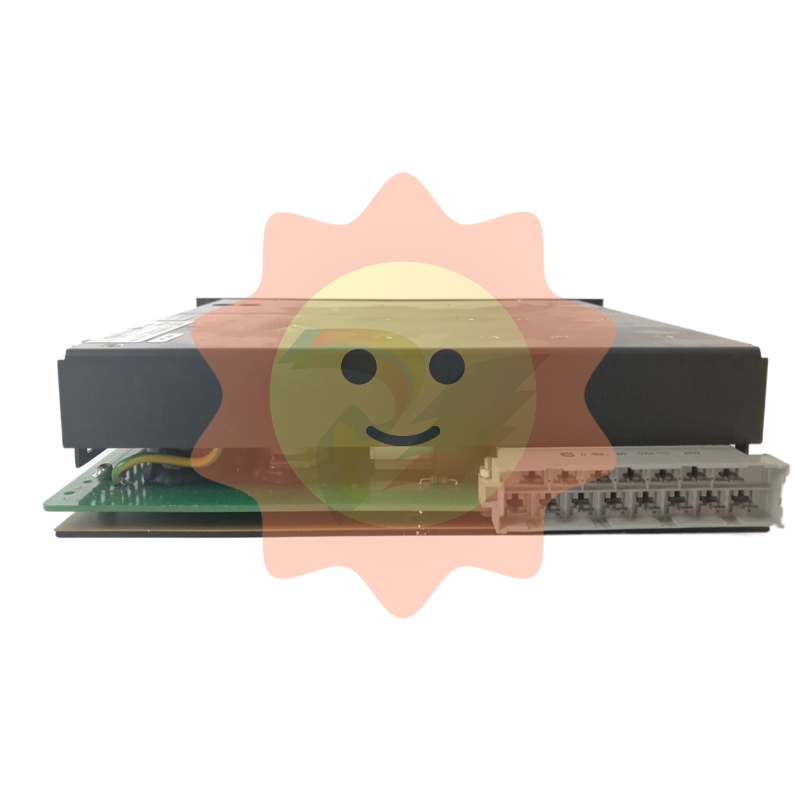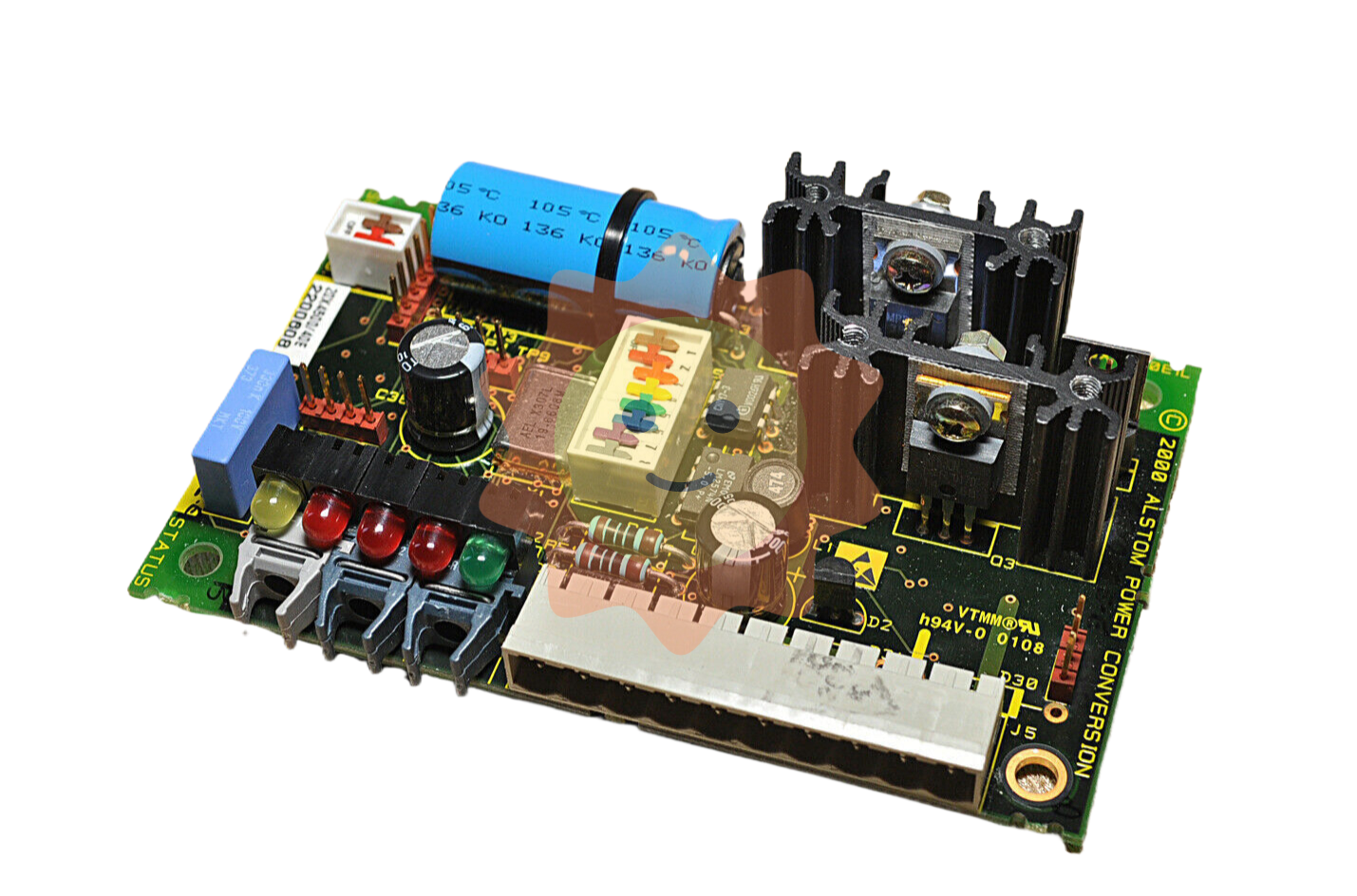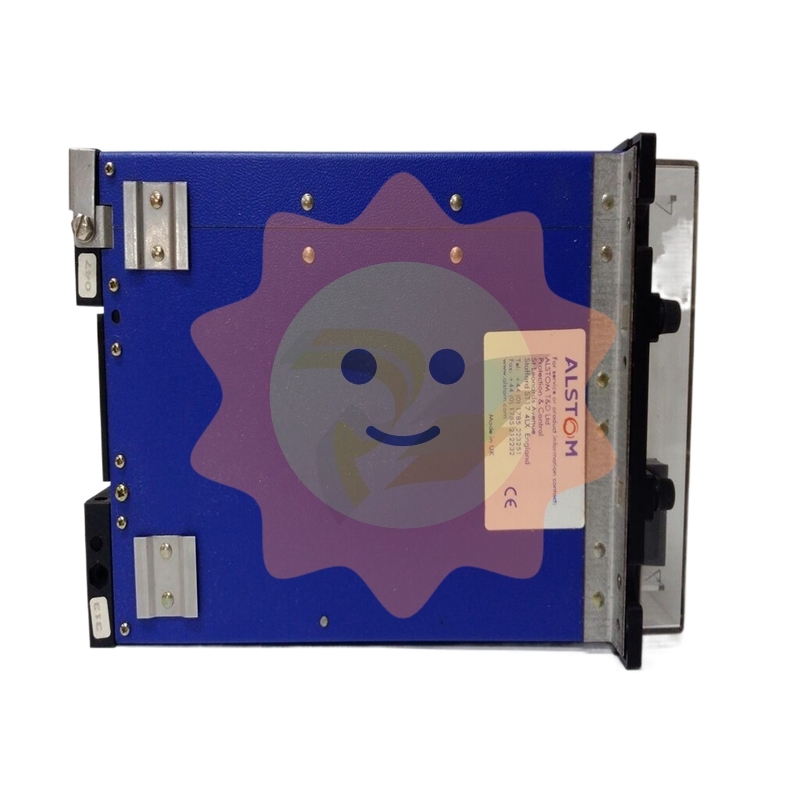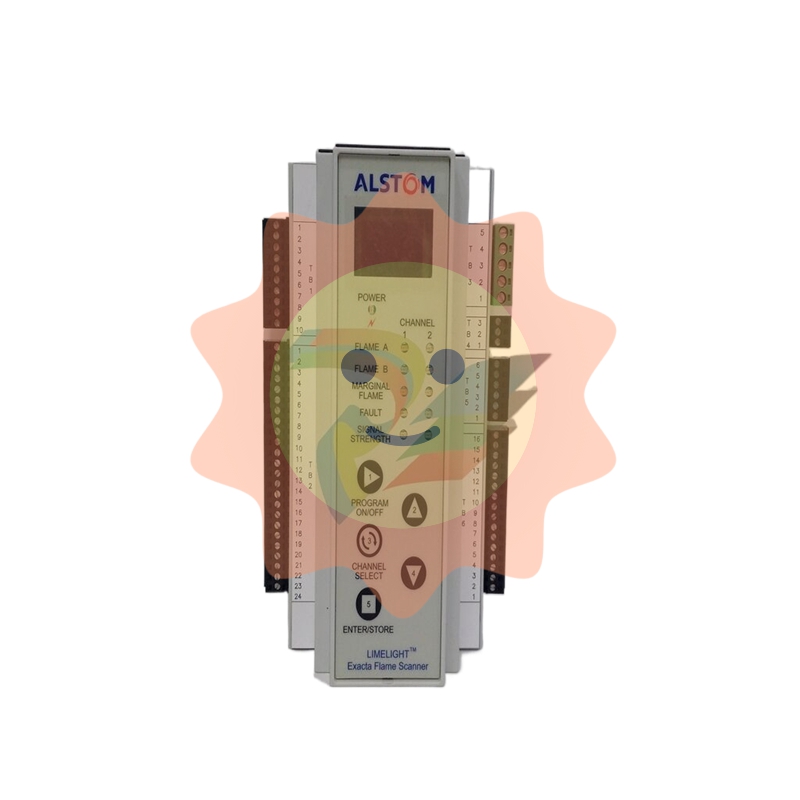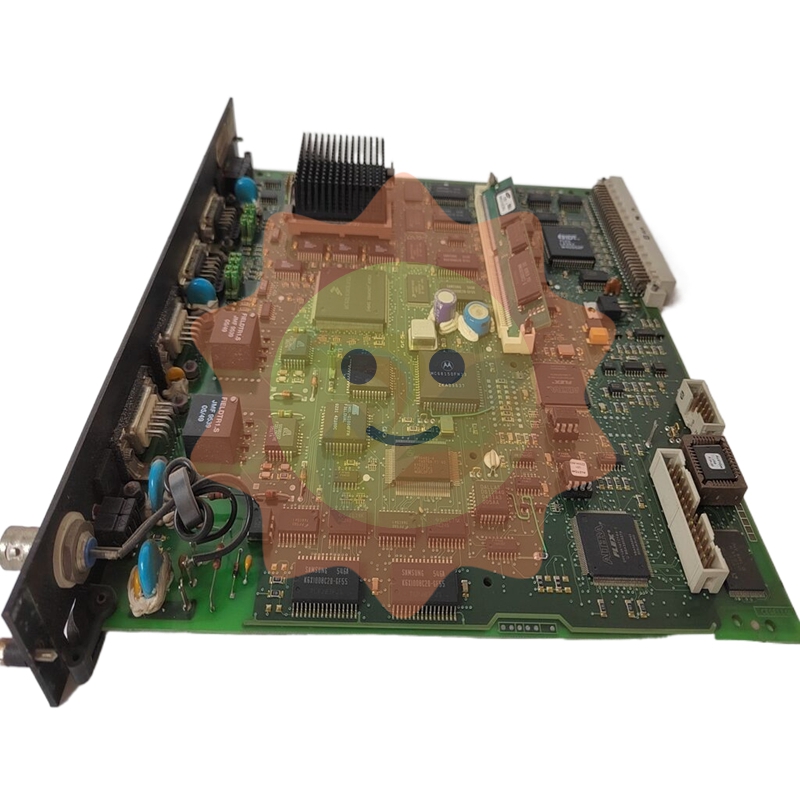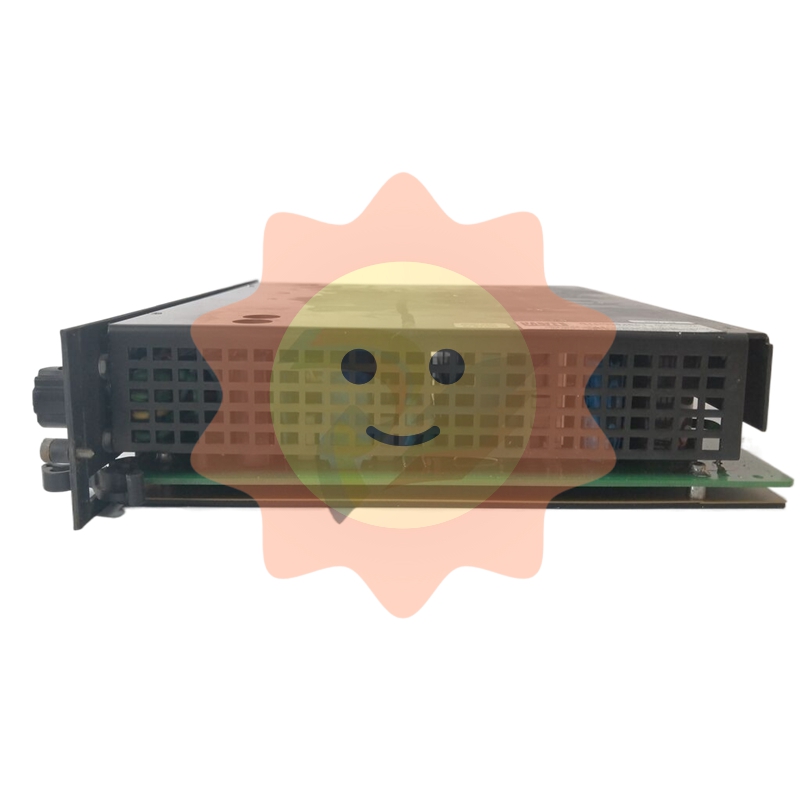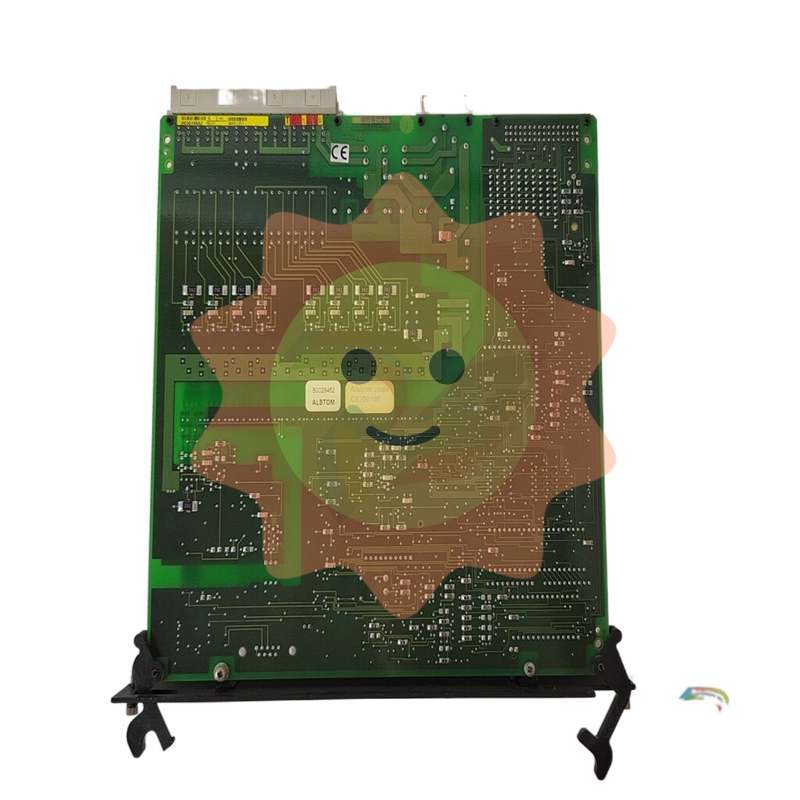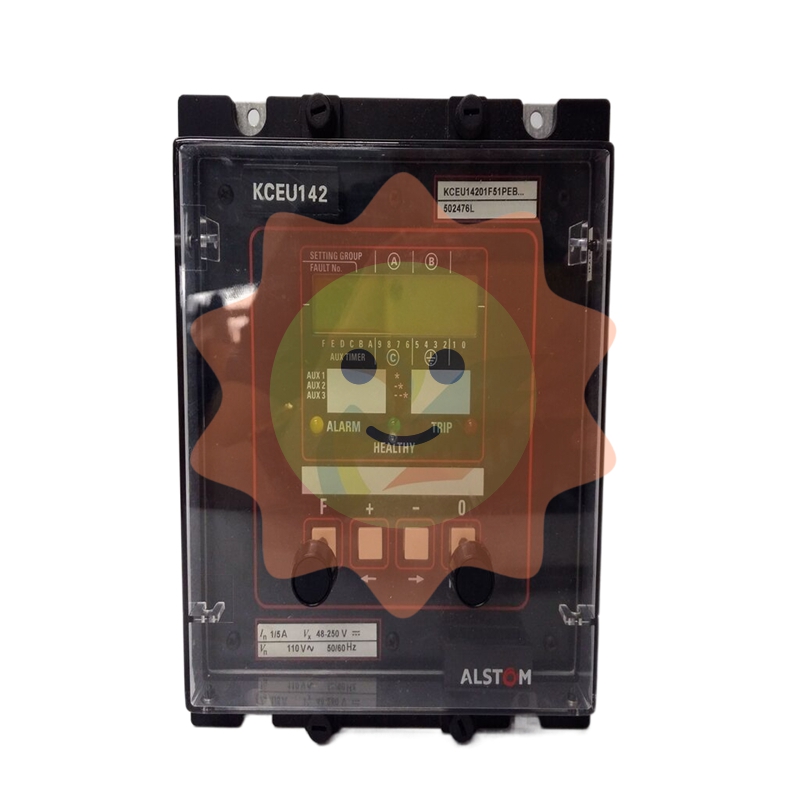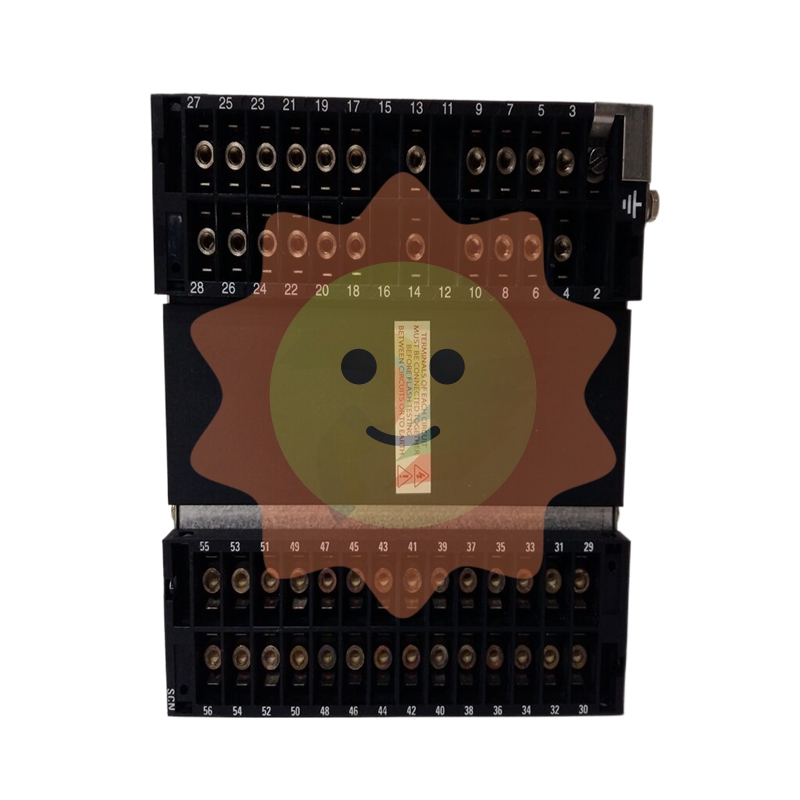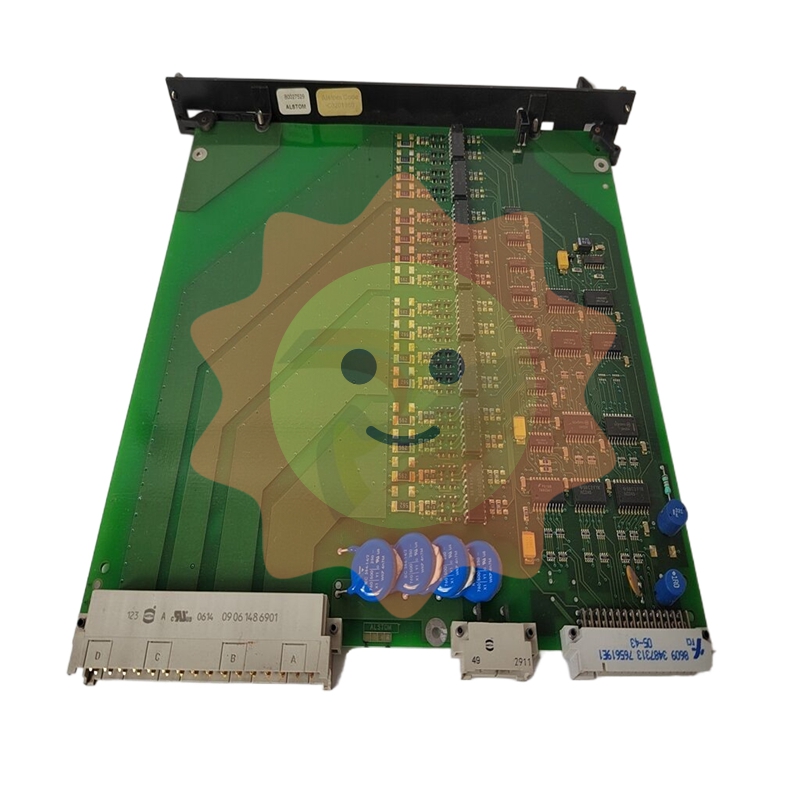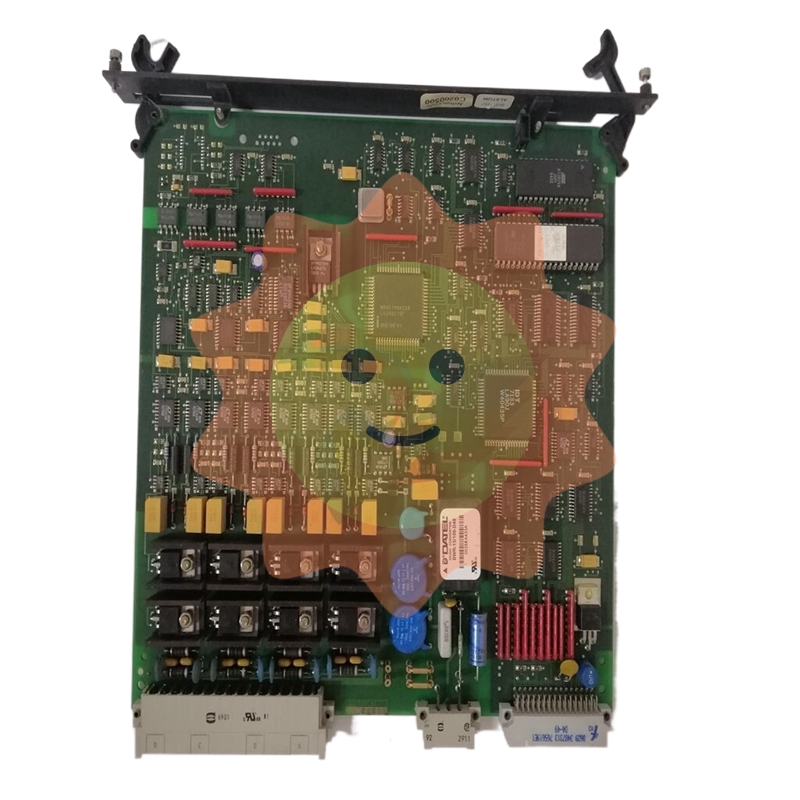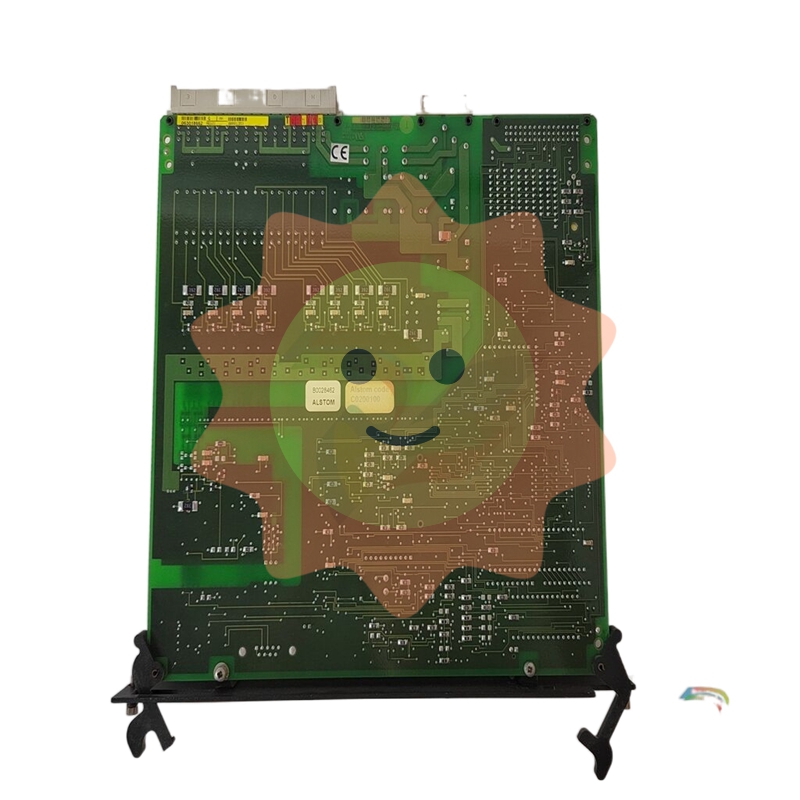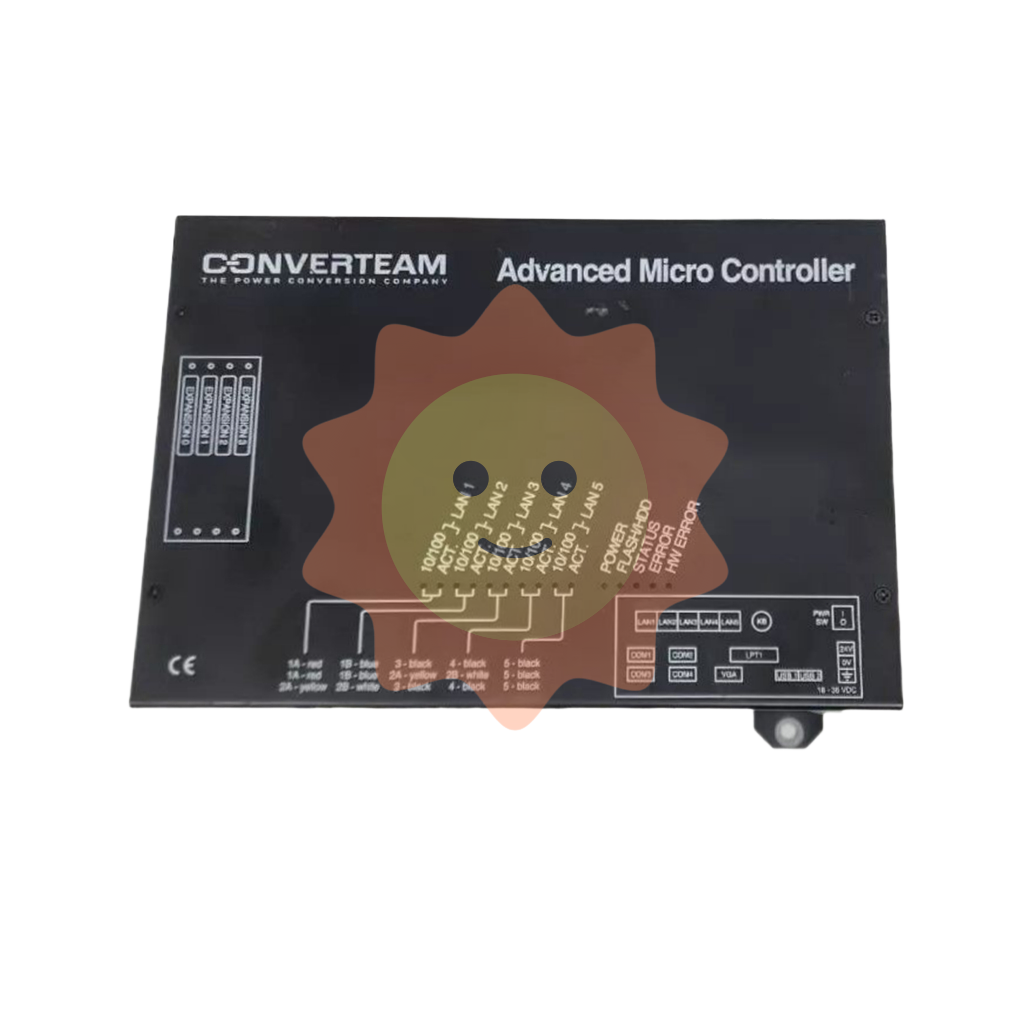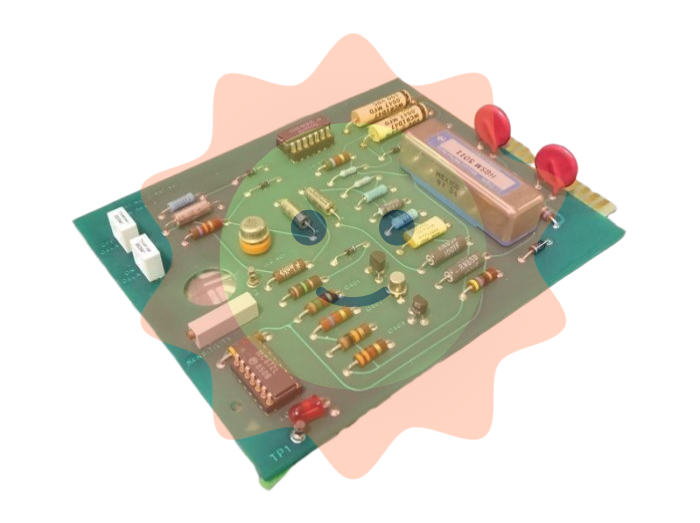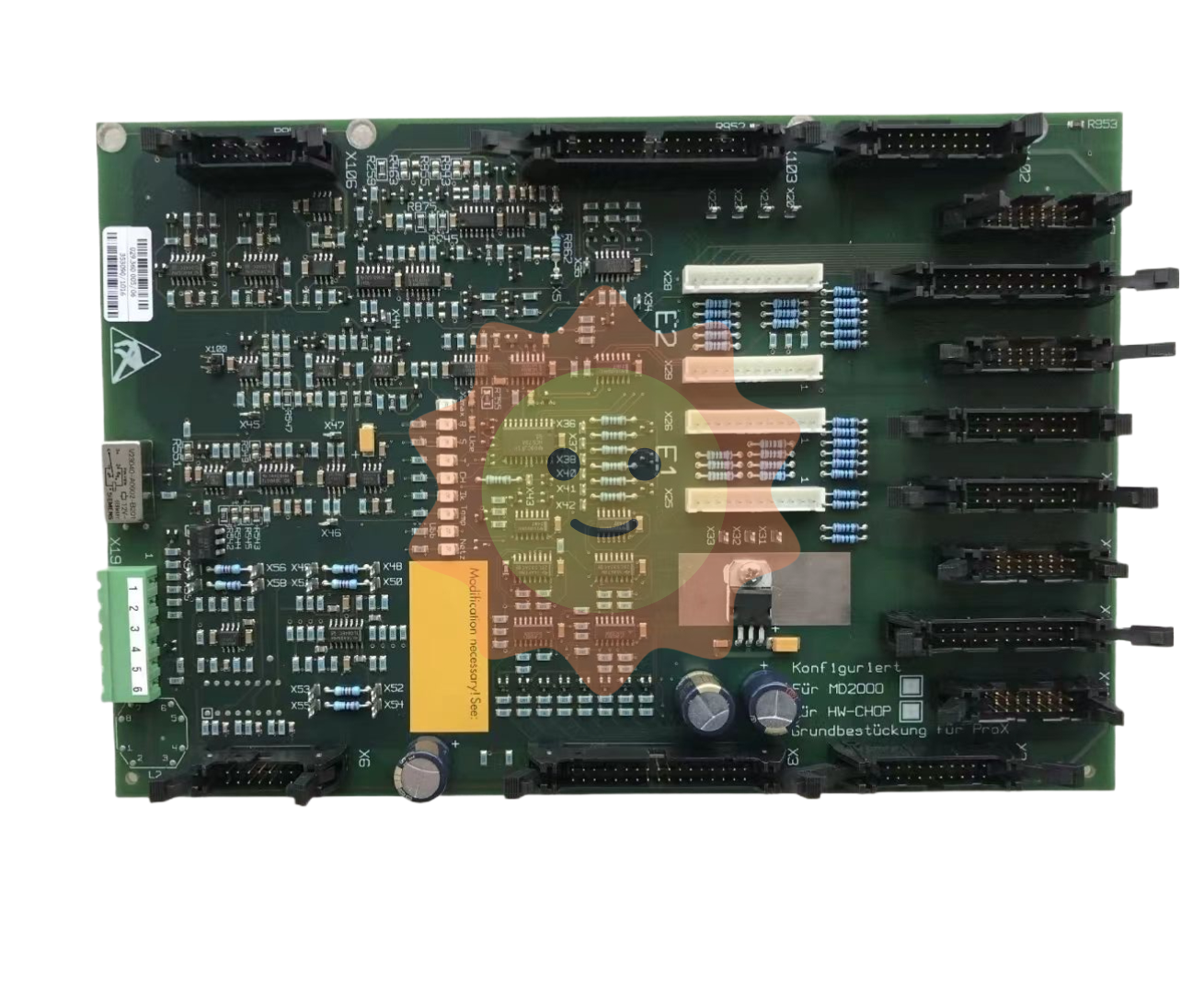The first step of electricity generation in the Power Encyclopedia - types and principles of power generation
Power generation is the initial link of electricity generation, which is the use of power generation power plant to convert some energy into electricity.
In general, how much electricity is used, can not be more, can not be less, because the current power system is no storage link, because at present to achieve large capacity low-cost storage in addition to pumped storage is more difficult.
Therefore, electricity mainly depends on dispatching, dispatching plan will be issued in advance, and the power plant will adjust its output according to the dispatching plan.
Power generation principle
The generation of electricity production is the use of electrical energy production equipment to convert various primary energy or other forms of energy into electrical energy.
The main ways to produce electric energy are thermal power generation, hydroelectric power generation, nuclear power generation, geothermal power generation, wind power generation, solar power generation, tidal power generation, bio-intelligent power generation and fuel cell power generation.
Thermal power station
In addition to solar power generation photovoltaic cell technology and fuel cell power generation, most power generation methods of electricity production equipment are composed of power parts and power generation parts.
The power part is to convert all kinds of power generation energy into mechanical energy, and the power generation part converts the transferred mechanical energy into electrical energy through electromagnetic induction.
Generation type
There are many main ways to produce electricity, which can be divided into thermal power generation, hydroelectric power generation, wind power generation, nuclear power generation and other energy generation according to the type of energy.

01 Thermal power generation
Thermal power generation, the use of coal, oil, natural gas and other solid, liquid, gas fuel combustion generated by the heat, through the power generation power plant into electrical energy.
Principle: Thermal power generation generally refers to the use of oil, coal and natural gas and other fuel combustion generated by the heat to heat water, so that the water into high temperature, high pressure water vapor, and then by the water vapor to promote the generator to generate electricity. Power plants that use coal, oil or natural gas as fuel are collectively referred to as thermal power plants.
02 Hydroelectric power generation
Hydropower is a comprehensive engineering facility that converts water energy into electric energy: it generally includes reservoirs formed by water retention and drainage buildings, water diversion systems of hydropower stations, power generation plants, mechanical and electrical equipment, etc.
The high water level of the reservoir flows into the building through the water diversion system to promote the hydropower generator set to generate electric energy, and then input into the power grid through the boost transformer, switch station and transmission line.
Hydroelectric power generation
Principle: The basic principle of hydroelectric power generation is to use the water level drop, with the hydrogenerator to produce electricity, that is, to use the potential energy of water into the mechanical energy of the water wheel, and then to promote the mechanical energy of the generator, and get electricity.
03 Wind Power generation
Wind power is the conversion of wind energy into electricity.
Wind power plant
Principle: The kinetic energy of the wind is converted into mechanical kinetic energy, and then the mechanical energy is converted into electrical energy, which is wind power. The principle of wind power generation is to use the wind to drive the rotation of the windmill blades, and then increase the rotation speed through the speed reducer to promote the generator to generate electricity.
Based on current windmill technology, a breeze speed (the degree of breeze) of about three meters per second can start generating electricity. Wind power is creating a boom around the world because it does not require the use of fuel and produces no radiation or air pollution.

04 Nuclear power generation
The power generation process of nuclear power station and thermal power station is the same, both are thermal energy - mechanical energy - electrical energy conversion process, the main difference is the heat source part.
Thermal power plants generate heat by burning fossil fuels in boiler equipment, while nuclear power plants generate heat through a nuclear fuel chain fission reaction.
Principle of nuclear power generation
Principle: A nuclear power plant is a new type of power station that uses the energy contained in the nucleus to produce electricity. Nuclear power plants can be divided into two parts: one is the nuclear island that uses nuclear energy to produce steam, including the reactor device and the primary circuit system; the other is the conventional island that uses steam to generate power, including the turbo-generator system.
A nuclear power plant is a system and equipment that converts nuclear energy released by the fission (or fusion) of atomic nuclei into electricity. Nuclear power plant systems and equipment vary depending on the type of nuclear reactor.
05 Power generation from other sources
In addition to the above types of power generation, there are other energy generation: biomass power generation, tidal power generation, solar thermal power generation and so on.
New energy types
When it comes to power generation, it is impossible not to talk about new energy, new energy refers to clean resources that can be recycled. New energy sources include solar, wind, biomass, geothermal energy, nuclear fusion energy, water and ocean energy, as well as energy derived from renewable energy biofuels and hydrogen.
Solar energy
The use of solar energy has two ways of photothermal conversion and photoelectric conversion, such as solar water heaters, solar stoves and so on is the solar heat utilization technology.
Solar energy
Wind energy
Wind power is a commonly used technology, data from the National Energy Administration show that from January to November 2020, the country added 24.62 million kilowatts of wind power connected to the grid, 8.16 million kilowatts more than the same period last year, and the growth rate of wind power installed capacity continues to accelerate.

Wind energy
Biomass energy
Biomass energy, in fact, is some biomass suitable for energy utilization, such as forestry leftovers, agricultural leftovers, urban and rural solid waste (domestic waste, kitchen waste, fruit and vegetable waste) and livestock and poultry manure. The earliest energy used in human history is biomass energy.
At present, the annual production of China's main biomass resources is about 3.49 billion tons, and the development potential of biomass resources as energy utilization is about 460 million tons of standard coal, and the current utilization is only 0.6 million tons of standard coal, and the future utilization potential of biomass energy is huge.
Biomass energy
Hydrogen energy
Chemical knowledge has also been learned, water (2H2O) can be decomposed into hydrogen (2H2) and oxygen (O2), so the raw material for hydrogen production is mainly water, completely pollution-free, is a promising clean fuel.
Hydrogen energy
Tidal energy
Our coastline is 14,000 kilometers long and rich in tidal energy. However, tidal power generation technology is a low head hydropower technology, with small capacity and relatively high cost.
Tidal energy
The advantage of new energy
The biggest advantage of new energy is that it is more environmentally friendly and does not produce a lot of pollutants when burned like fossil fuels. (However, the manufacturing and construction of new energy generation equipment and systems will also generate energy consumption and pollution.)
And fossil resources are finite and non-renewable. The new energy can be said to be not exhausted, with unlimited renewable, small amount of operation and maintenance advantages.
The disadvantages of new energy
Although there are many advantages of new energy, it also has drawbacks that cannot be ignored.
Immature technology: the power generation cost of new energy power generation equipment and system is high, and the current power generation energy conversion efficiency is relatively low, but I believe that with the development of science and technology, these will not be a problem in the future.
Need to adapt to local conditions: because most of the new energy resources need to depend on the geographical situation of the region, such as high-quality wind power, photoelectric resources are generally distributed in the northwest, and electricity demand is concentrated in the southeast coast, new energy power generation is difficult to cover the real demand, and long-distance transmission will increase costs

Natural resources are not controllable: new energy generation can be regarded as a day to eat, because you can not control the intensity and frequency of sunshine, wind, and tides, and can only be passively accepted.
The current power system has no storage link, so it is very likely that it can not be used when generating electricity, and the power generation can not be reached when the electricity is needed, which affects the quality of life.
Therefore, in the long term, the development of energy storage technology is a way to solve the uncontrollability of new energy power generation, and the technical level of new energy itself, which requires sustained long-term investment, not short-term visible results.
The development of new energy
Although new energy has many drawbacks, its medium - and long-term development prospects are still very good, because new energy can not only solve the energy demand caused by population growth, but also reduce the impact of energy production on the environment.
Comparison of the structure of newly added power installations in 2015 and 2020
As can be seen from the table, the new installed capacity of grid-connected wind power and solar power generation accounts for 62.8% of the total installed capacity of new power generation in 2020, which has become the main force of new power generation for four consecutive years.
It is expected that in the future, renewable energy generation capacity will account for more than 50% of China's total electricity installed capacity. The proportion of renewable energy in the increase of electricity consumption in the whole society will reach about two-thirds, and the proportion in the increase of primary energy consumption will exceed 50%, and renewable energy will change from the original incremental supplement of energy and electricity consumption to the incremental main body of energy and electricity consumption.
Proportion of power generation energy
At present, the power generation methods widely used in the power industry in the world are thermal power generation, hydroelectric power generation and nuclear power generation, and thermal power generation includes coal power generation, oil power generation and natural gas power generation.
Energy share in 2020
It can be seen that by 2020, thermal power is still the main force of China's power generation, accounting for 69%.
Chinese power generation enterprises
China's five major power generation groups refer to China Huaneng Group Corporation, China Datang Group Corporation, China Huadian Group Corporation, National Energy Corporation and China Power Investment Corporation.

Five major power generation groups
National Energy Group: Shenhua + Guodian merger of big MAC, thermal power one brother.
Huaneng: The original big brother, is now the second brother, balanced power generation.
National Power Investment: new energy, clean energy leading.
Datang and Huadian: They're almost the same.
Five group financial indicators in 2017
It can also be seen from the data that the National Energy Group is a stable brother, and the total profit is far more than the other four power generation groups.
Four small power generation powerhouses, their respective characteristics:
CGN: Mainly nuclear power generation.
China Resources Power: a subsidiary of China Resources Group, a listed company.
Sdic Electric Power: subsidiary of SDIC Group, listed company.
Guohua Electric Power: former subordinate of Shenhua, now subordinate of National Energy Group, thermal power generation raw materials need not worry.
- EMERSON
- Honeywell
- CTI
- Rolls-Royce
- General Electric
- Woodward
- Yaskawa
- xYCOM
- Motorola
- Siemens
- Rockwell
- ABB
- B&R
- HIMA
- Construction site
- electricity
- Automobile market
- PLC
- DCS
- Motor drivers
- VSD
- Implications
- cement
- CO2
- CEM
- methane
- Artificial intelligence
- Titanic
- Solar energy
- Hydrogen fuel cell
- Hydrogen and fuel cells
- Hydrogen and oxygen fuel cells
- tyre
- Chemical fiber
- dynamo
- corpuscle
- Pulp and paper
- printing
- fossil
- FANUC
- Food and beverage
- Life science
- Sewage treatment
- Personal care
- electricity
- boats
- infrastructure
- Automobile industry
- metallurgy
- Nuclear power generation
- Geothermal power generation
- Water and wastewater
- Infrastructure construction
- Mine hazard
- steel
- papermaking
- Natural gas industry
- Infrastructure construction
- Power and energy
- Rubber and plastic
- Renewable energy
- pharmacy
- mining
- Plastic industry
- Schneider
- Kongsberg
- NI
- Wind energy
- International petroleum
- International new energy network
- gas
- WATLOW
- ProSoft
- SEW
- wind
- ADVANCED
- Reliance
- YOKOGAWA
- TRICONEX
- FOXBORO
- METSO
- MAN
- Advantest
- ADVANCED
- ALSTOM
- Control Wave
- AB
- AMAT
- STUDER
- KONGSBERG
- MOTOROLA
- DANAHER MOTION
- Bentley
- Galil
- EATON
- MOLEX
- Triconex
- DEIF
- B&W


email:1583694102@qq.com
wang@kongjiangauto.com

